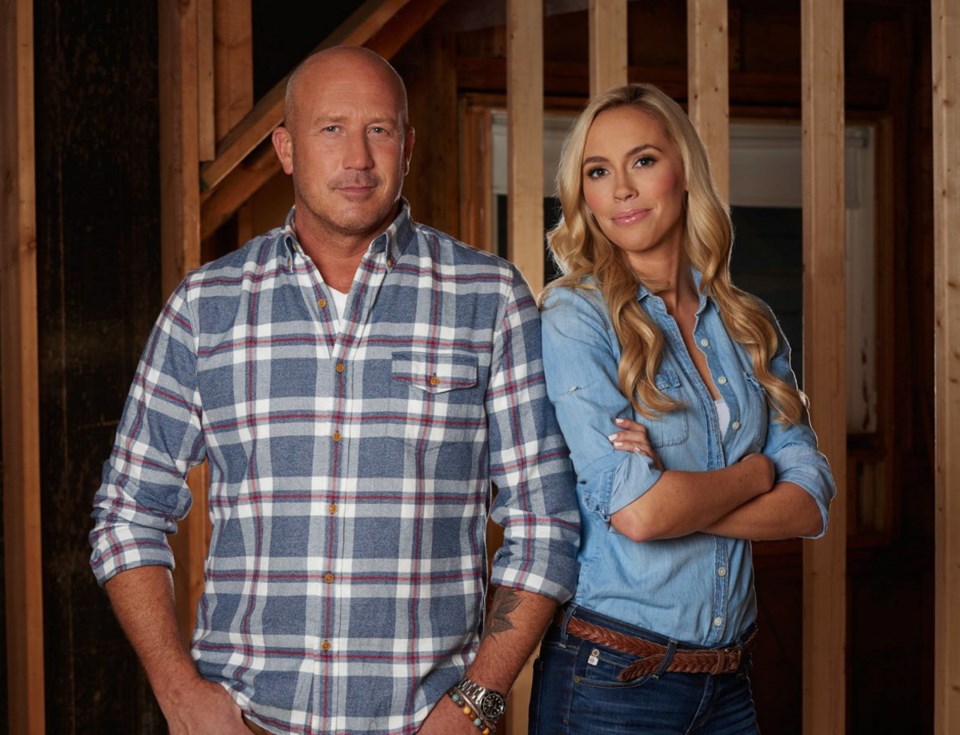TORONTO — When homeowners start to feel squeezed for space, they may be inclined to scout out a bigger house, but Rob Evans says new isn’t necessarily better.
“It’s not easier to move because moving adds expense,” the contractor said. “It adds a lot of money that’s lost — property tax, your real estate fees.”
Also, he points out, you’ll probably renovate the new house, so why not use that reno money to expand the home you’re already in?
“It’s about growing with the house, with your family and taking a couple of steps back,” said designer Mia Parres. “Everyone has a hard time doing that and that’s what we’re here for — to show them it is possible.”
Evans and Parres help space-starved homeowners in the new series The Expandables, which airs Thursdays at 6 p.m. on HGTV Canada.
The families featured in The Expandables are faced with the challenges of living in cramped quarters, whether it’s due to the addition of children to the household or ineffective floor layouts that disrupt the flow of the home.
Evans and Parres each present their visions of how to help homeowners create a more functional living area better suited to their present-day needs. Once the homeowners select their plans, the team goes into rebuild mode to redesign the interiors.
While homes undergo significant structural changes, Evans said taking out walls isn’t actually increasing the square footage.
“It’s about sight lines, it’s about view, it’s about layout. It’s not necessarily about adding literal square footage.”
Parres said they make use of storage throughout the series, with a banquette being a notable option.
“Instead of having a table and chairs with eight chairs around it, we’ll push the table against the wall, give them a built-in banquette with storage underneath,” she said. “[There’s] tons of storage underneath their dining-room table and it just opens everything up.”
There’s also a lot of vertical space in kitchens that isn’t used. A simple solution would entail taking out a 30-inch cabinet and replacing it with a 42-inch model.
Another larger-scale space solution — particularly in single-storey homes — is lowering basements, but Evans admitted it’s one option that causes concern for some people.
“For your typical 20-foot-wide by 40-foot-long house, 800 square feet, I can drop that floor two feet, but it’s going to cost you about $40,000. It’s a lot of money.
“To finish all of that — so say we put a media room or another bathroom, laundry, another bedroom down in that basement or a nanny suite down there — another $40,000.
“Eighty-thousand dollars is huge, but if you’re thinking about 800 square feet in the city for $80,000, where are you getting that?”
For homeowners who don’t have the money to make structural changes, Parres and Evans said there are short-term solutions.
“I think storage would be the first place to start in terms of design,” said Parres. “Maybe putting away everything on the surfaces, getting a fresh look at your space.”



